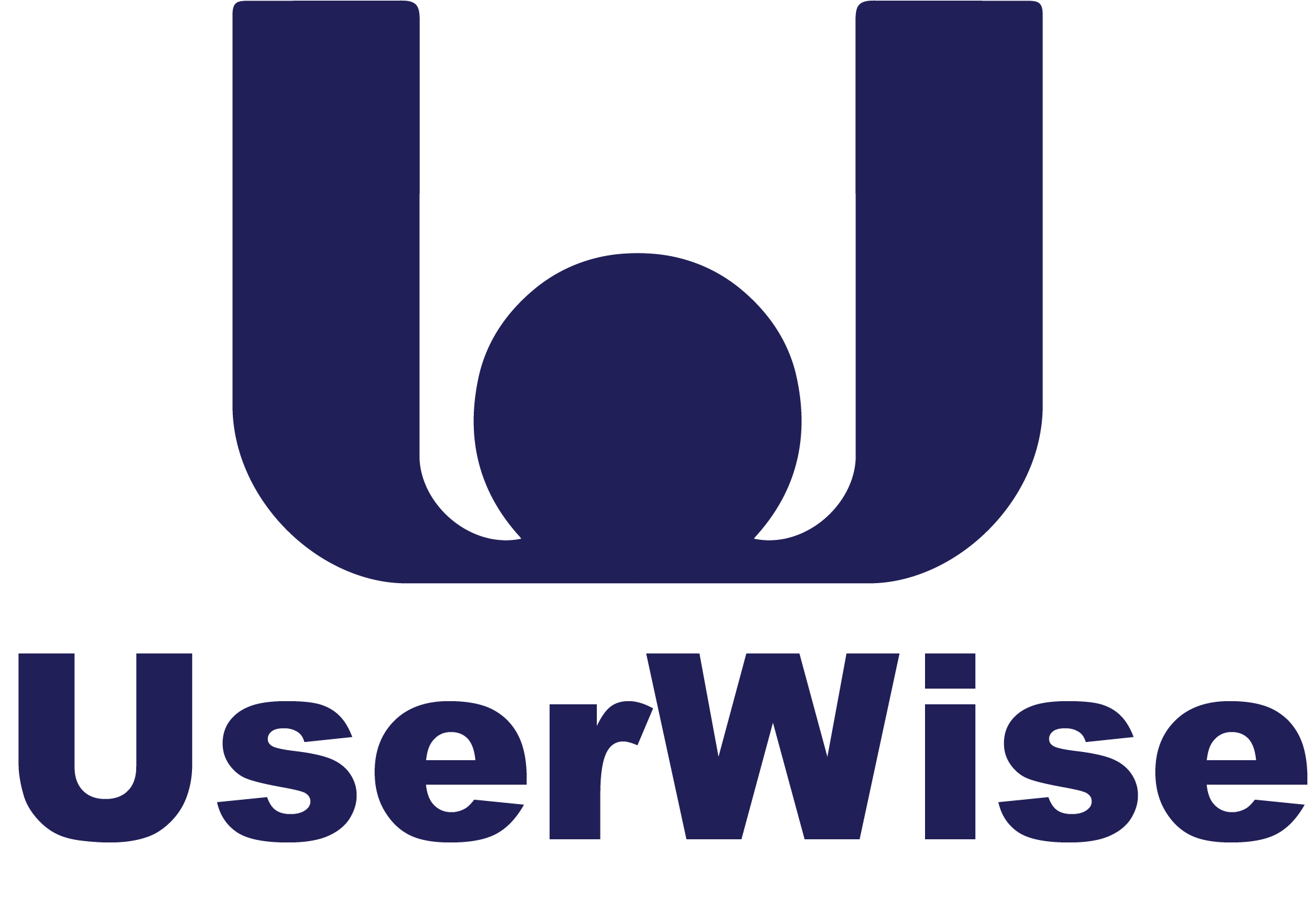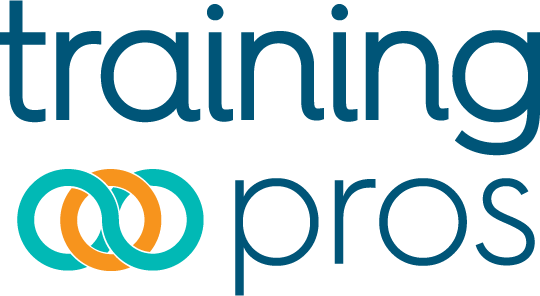9th Annual
Medical Device Human Factors Conference
November 12-13, 2024 | Virtual
Aligning Human Factors and Usability Studies with Expanding Requirements and Finding Ways to Gain Leadership Support all while Propelling User Needs into the Forefront of Design and Development.
Mikayla Ferchaw
Head, Center of Excellence (CoE) Human Factors Engineering
BAYER
Dennis Robbins
Former National Fund for Medical Education Fellow, Visiting Scholar & Research Fellow in Medical Ethics
Jolene Hernandez
Usability (Human Factors) Process Owner
W. L. GORE & ASSOCIATES
Emilio Yero
Senior UX Designer
PHILIPS
Anders Orn
Director of Human Factors
RESEARCH COLLECTIVE
Kimberly Kontson
Biomedical Engineer
FDA
Russ Branaghan
President and Chief Human Factors Engineering Consultant
RESEARCH COLLECTIVE
Chad McAlexander
Principal Engineer
McALEXANDER ENGINEERING, LLC
Janice M. Hogan
Partner, Global Regulatory
HOGAN LOVELLS
Roger O. Smith
Professor, Programs in Occupational Therapy, Science & Technology
Director, Rehabilitation Research Design & Disability (R2D2) Center
UNIVERSITY OF WISCONSIN- MILWAUKEE
Nicole Hollopeter
Human Factors / User Experience Leadership Consultant
STERIS
Michael Vandall
Principal Usability Engineer
Acute Care Therapies
GETINGE
Danielle Cooley
Lecturer
NORTHEASTERN UNIVERSITY
Deepthi Badarinath
Senior Regulatory Affairs Specialist
FLUXERGY
Rochelle Mendonca
Assistant Professor and Director of Post-Professional Programs in Occupational Therapy
COLUMBIA UNIVERSITY
Mary Pat Cottengim
Senior Principal Usability Engineer
BAUSCH + LOMB
Maysam Ardehali
Operations Director and Project Manager, Rehabilitation Research Design & Disability (R2D2) Center
UNIVERSITY OF WISCONSIN- MILWAUKEE
Dr. Bryce G. Rutter
Head, Patient & User Experience Services
NOBLE|METAPHASE, an Aptar company
8:00 REGISTRATION & VIRTUAL COFFEE
8:50 CHAIRPERSON’S OPENING REMARKS
9:00 METHODS TO GAINING LEADERSHIP SUPPORT FOR HUMAN FACTORS EARLY IN THE DEVELOPMENT LIFECYCLE
• Showing the value of human-centered design to leadership
• Creation of a value proposal showcasing the team’s impact
• Highlight positive changes executed from usability studies
• Conveying flaws mitigated through human factor operations
• Gaining leadership support for human factor evaluations
Mikayla Ferchaw, Head, Center of Excellence (CoE) Human Factors Engineering
BAYER
9:45 HUMAN FACTORS AND USER EXPERIENCE DESIGN: DESIGN SYSTEM FOR MEDICAL DEVICE ECOSYSTEMS
• Understanding Design Systems in the context of interconnected devices ecosystems.
• Considerations relating to the benefits and challenges of Design System for large Ecosystems
• Perspectives on how Human Factors support Medical Devices Design System definitions and components
Emilio Yero, Senior UX Designer
PHILIPS
10:30 VIRTUAL COFFEE & NETWORKING BREAK
11:00 FIRESIDE CHAT: TACTICS TO TRANSITION FROM CONTRACTOR USABILITY FACILITATORS TO ESTABLISHING INDEPENDENT GROUPS
• Assessing the pros and cons to contractor usability facilitators
• Strategies to bring usability knowledge and skill in-house
• Establishing a business value proposition to showcase importance
Russ Branaghan, President and Chief Human Factors Engineering Consultant
RESEARCH COLLECTIVE
Bryce G. Rutter, Head of UX, HF & ID Consulting Services, Noble Patient & User Centered Solutions
APTAR PHARMA
11:45 BACK TO THE PERSON: RETHINKING GOALS AND APPROACHES FOR THE HUMAN FACTORS PROFESSIONAL
In this session, participants will learn the importance of rediscovering the person, rethinking goals and approaches, empowerment and engagement and elevating the level of discourse. Human factors professionals will understand how to transform complexity into actionable information so that each person has the needed tools to make informed decisions.
Dennis Robbins, Former National Fund for Medical Education Fellow, Visiting Scholar & Research Fellow in Medical Ethics
12:30 LUNCHEON FOR ALL SPEAKERS, SPONSORS & ATTENDEES
1:30 INTRODUCTION TO GOALS OF THE OFFICE OF SCIENCE AND ENGINEERING LABS: THE HUMAN-DEVICE INTERACTION RESEARCH PROGRAM
This session introduces the audience to the goals of the FDA’s Office of Science and Engineering Labs, specifically the Human-Device Interaction research program. Active feedback will be sought on potential research areas that can enhance and streamline the medical device development and review process.
Kimberly Kontson, Biomedical Engineer
FDA
2:15 PROMOTING CONSISTENCY ACROSS FDA FEEDBACK FOR SUBMISSIONS
• Demystifying FDA expectations to maximize feedback quality
• Fostering cohesion and regularity within FDA feedback
» End-summative protocols
» Ad-hoc questions
• Relevance of submitting a question vs pre-submission to the FDA
Janice M. Hogan, Partner, Global Regulatory
HOGAN LOVELLS
2:45 VIRTUAL COFFEE & NETWORKING BREAK
3:15-4:15 SESSION SERIES: HUMAN FACTORS AND RISK MANAGEMENT
3:15 Part 1: Implementing a Robust Use Related Risk Analysis (URRA)
• Differentiating URRA from Usability Modes Effects Analysis
• Compiling comprehensive evidence to support URRA
» Use-error and critical task identification
» PCA model task analysis
» Hazard analysis
» Adverse event analysis
• Standardizing use-related risk documentation
• Practical uses surrounding URRA
Mary Pat Cottengim, Senior Principal Usability Engineer
BAUSCH + LOMB
Michael Vandall, Principal Usability Engineer
Acute Care Therapies
GETINGE
3:45 Part 2: The Integration of Human Factors into Risk Management
• Regulatory insights on validation testing
• Assessing the type of risk controls to utilize
• Mitigating the risks associated with usability
• Verifying and validating risk controls effectively
Deepthi Badarinath, Senior Regulatory Affairs Specialist
FLUXERGY
4:15 Closing Remarks & End of Day 1
Day Two Agenda
Wednesday, November 13
*All Times Central US
8:00 REGISTRATION & WELCOME COFFEE
8:20 CHAIRPERSON’S OPENING REMARKS
8:30 METHODS TO BUILD USABILITY TESTING AND VALIDATION INTO QUALITY SYSTEMS
• Regulatory frameworks for usability testing
• Conducting and reporting usability testing
• FDA human factors guidance for devices
• Identify training requirements for users
• Recognizing all critical tasks for testing
Chad McAlexander, Principal Engineer
McALEXANDER ENGINEERING, LLC
9:00 FIRESIDE CHAT: FUNDAMENTALS OF COGNITIVE ERGONOMICS: UNDERSTANDING THE BASICS OF HUMAN FACTORS
• The definition of cognitive ergonomics
• The basics of cognitive human factors:
» Learning and memory
» Decision making and judgment
• The science of human factors: fact vs. fiction
Nicole Hollopeter, Human Factors / User Experience Leadership Consultant
STERIS
Russ Branaghan, President and Chief Human Factors Engineering Consultant
RESEARCH COLLECTIVE
9:45 COFFEE & NETWORKING BREAK
10:15 -11:30 SESSION SERIES: IMPLEMENTING A FORMALIZED HUMAN FACTORS AND USABILITY PROCEDURE
10:15 Part 1: Implementing A Human Factors/Usability Process Into A Medical Device Quality Management System
• Understanding applicable standards
• Buy-in Strategies
• Change – Standards and regulations requirement updates
• Change – Process improvements
• Leveraging usability engineering process to document deliverables
Jolene Hernandez, W. L. GORE & ASSOCIATES
10:45 Part 2: Strategies To Determining Resource And Manpower Requirements
• Analyze knowledge gaps in current usability studies
• Determining resource and manpower requirements
• Creation of team expectations and timelines
• Adding human factors engineers into design methods
• Gaining usability feedback and response from end users
• Tactics to set up a system to document usability studies
Mikayla Ferchaw, BAYER
11:30 TURN YOUR VALIDATION STUDY INTO A FORMALITY: DISCUSSING THE VALUE OF EARLY ITERATIVE TESTING
• Definition and importance of iterative user testing
• Iterative testing process and human factors testing
• The pros and cons of iterative user testing
• Formal process for validation to mitigate risks
• Tactics to fixing errors before validation study
• Considerations for successful iterative testing
Danielle Cooley, Lecturer
NORTHEASTERN UNIVERSITY COLLEGE OF PROFESSIONAL STUDIES
12:15 LUNCHEON FOR ALL SPEAKERS, SPONSORS & ATTENDEES
1:15 KEY HUMAN FACTORS CONSIDERATIONS FOR DESIGNING A COMBINATION DEVICE THAT DELIVERS A DRUG TO PEOPLE WITH ARTHRITIS
With arthritis affecting 91 MM US adults, or 1 in 3 adult Americans, it is the most significant disease human factor engineers and industrial designers must consider in the design of combination devices. It changes how people grasp and manipulate everything they touch, reducing the functional capacity of the adult hand to that of a toddler. This presentation details how arthritis changes the functional capacity of the hand and design strategies that effectively address this decay in human hand performance.
Dr. Bryce G. Rutter, Head, Patient & User Experience Services
NOBLE|METAPHASE, an Aptar company
2:00 UNDERSTANDING AND RECOVERING FROM VALIDATION FAILURE
• Establishing a contingency plan and robust documentation
• Accurate root cause analysis
» Identifying risk mitigation gaps
» Consideration of cost and timeline
• Talking points relating to failure prevention reflections
Anders Orn, Director of Human Factors
RESEARCH COLLECTIVE
2:45 DESIGNING MEDICAL DEVICES FOR EVERYONE: ACCESSIBILITY MANDATES AND METHODS
• Brief history of accessible design for medical devices
• Deep-dive into guidelines, standards, and regulations
• Perspectives of people with disabilities on medical device accessibility
• Perspectives of medical device designers and labelers
• Value proposition of accessibility & usability information
• Tools for accessible design and marketing
Rochelle Mendonca, COLUMBIA UNIVERSITY
Maysam Ardehali, UNIVERSITY OF WISCONSIN- MILWAUKEE
Roger O. Smith, UNIVERSITY OF WISCONSIN- MILWAUKEE
3:30 Closing Remarks & End of Day 2
Previous Attendees Include:
Principal Human Factors Engineer, ABBOTT
Design Assurance Engineer, ANGIODYNAMICS
Professor, ARIZONA STATE UNIVERSITY
Design Assurance Engineer, ARTHREX
Associate Biomedical Engineer, ATRICURE
Biomedical Engineer, ATRICURE
R&D Engineer II, BAYLIS MEDICAL COMPANY
Deputy Director, BAYER HEALTHCARE
Principal Human Factors Engineer, BOSTON SCIENTIFIC
Director, User Experience, BD
Human Factors Engineer, BD
Principal Interaction Design Strategies, BD
Human Factors Engineer, BOEHRINGER INGELHEIM
Design Assurance Manager, BOSTON SCIENTIFIC
Quality Engineer, BOSTON SCIENTIFIC
Product Development Engineer, BREG, INC.
Principal Engineer, CARDINAL HEALTH
Human Factors Engineer, CEPHEID
Principle Reliability and Test Engineer, CSI
Manager, Risk Management, COOK MEDICAL
Advanced R&D Engineer, EDWARDS LIFE SCIENCES
Engineer, Human Factors, User Centered Design, ELI LILLY
Human Factors Engineer, EMORY HEALTHCARE
Engineering Manager, FRACTYL
Design Quality Engineering Manager, GETINGE
Quality Assurance Analyst, IBM/WATSON HEALTH
Human Factor Engineer II, ILLUMINA
Director Human Factors, INTUITIVE SURGICAL
Manager, Human Factor Engineering, HILL-ROM
Design Assurance Quality Engineer, HOLLISTER INC.
Marketing, Assistant, INNOVENN
Industry Designer, JOHNSON AND JOHNSON
Design Manager, LAERDAL MEDICAL
Manager, Engineering Support, LEICA BIOSYSTEMS
Human Factor Engineer, FRESENIUS MEDICAL CARE
Principal Systems Engineer, FRESENIUS KABI
Principal Human Factors Engineer, LIVANOVA
Design Assurance & Human Factors Engineering, STRYKER
Professor of Human Factors Engineering, TUFTS UNIVERSITY
Who should attend:
Executives within medical device companies who will find this program of greatest relevance are those currently working to maintain compliance with human factors regulatory requirements, while striving to develop safe and eminently usable products to meet patient needs. Job titles of those executives that will find this program to be most applicable to the job function include:
• Human Factors & Usability Engineering
• User Research/UX
• Design Assurance/Quality Assurance
• Biomedical Engineering
• Risk Management
• R&D









